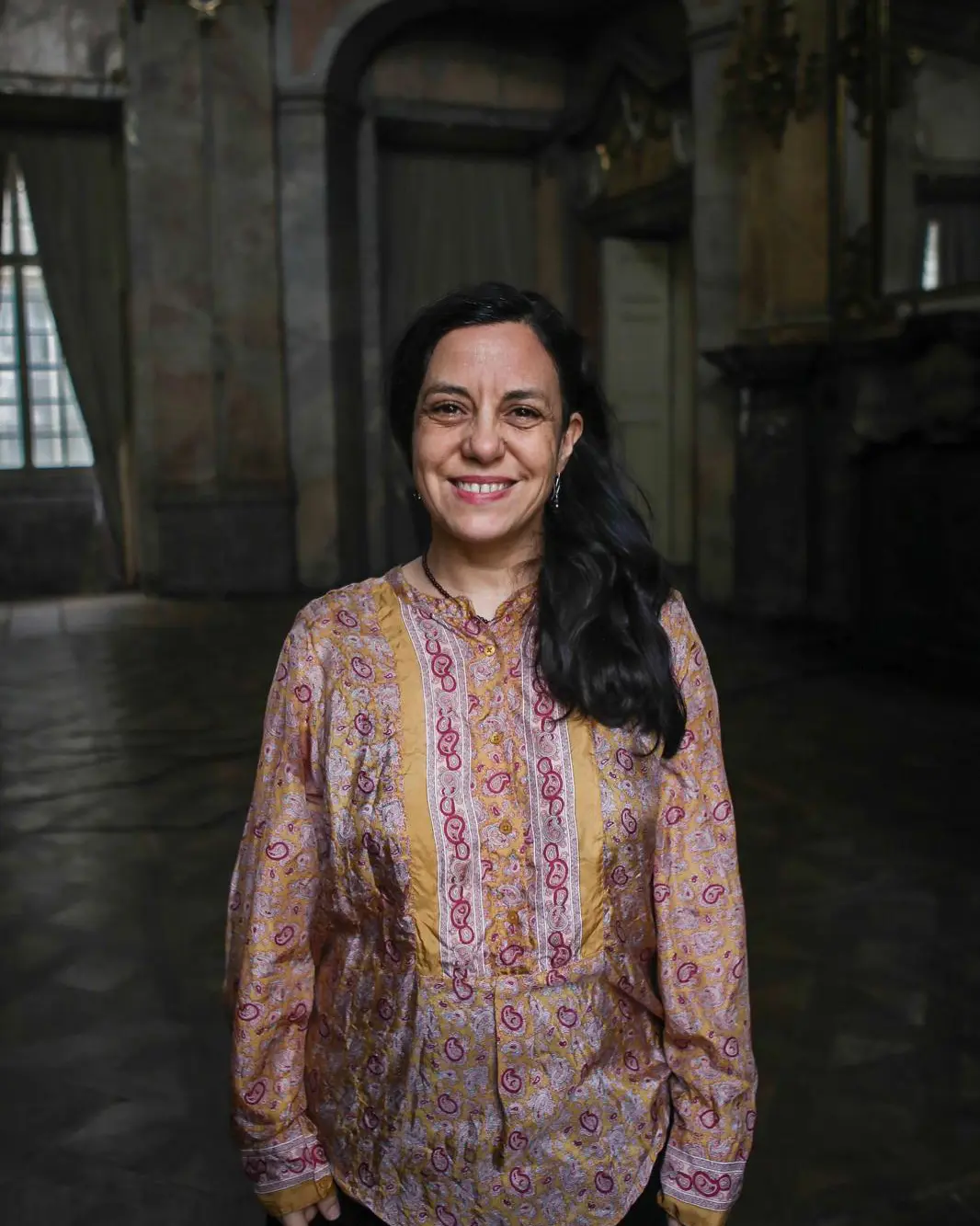Sandra Vásquez de la Horra works primarily with drawing. In her practice, this medium goes beyond two-dimensionality, taking on a sculptural and installation-like character. Since the late 1990s, the artist has been finishing her drawings by dipping them in wax, which gives them structural support and movement while enhancing color, depth, and translucency effects.
Commissioned by the 14th Mercosul Biennial, Vásquez de la Horra presents two works that reflect her interest in the confluence of dreamlike, memorial, symbolic, and mythological elements. In Yemanyá, the artist references the African-rooted deity found in various religions throughout the Americas, who governs the waters and symbolizes abundance and fertility. In the drawing Los Ciclos Lunares, that same symbolism is present in the personification of nature and its power of fertility.
Anelise Valls
Sandra Vasquez de La Horra (Chile, 1967) is an artist whose work explores mythology, spirituality, and the human body. The artist draws primarily with graphite pencil and watercolor on paper and then dips her works in wax, creating a translucent effect. She participated in the 59th Venice Biennale and has recently shown at institutions such as the Akademie der Künste, the Denver Art Museum, and the Gutshaus Steglitz. In 2024, she received the Käthe-Kollwitz Prize in Germany. She lives in Berlin, Germany.
